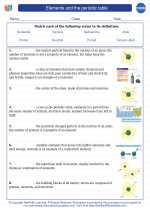What is Hydropower?
Hydropower, also known as hydroelectric power, is electricity generated by harnessing the energy of flowing or falling water. It is a clean, renewable, and sustainable energy source that does not produce greenhouse gases or other pollutants associated with fossil fuel-based power generation.
How does Hydropower Work?
Hydropower plants typically use a dam to create a reservoir of water. The water is then released through turbines, which are connected to generators. As the water flows through the turbines, it causes them to rotate, converting the kinetic energy of the water into mechanical energy. The generators then convert this mechanical energy into electrical energy, which can be used to power homes, businesses, and industries.
Types of Hydropower Plants
There are different types of hydropower plants, including:
- Impoundment Hydropower: Uses a dam to store water in a reservoir, and releases it through turbines to generate electricity.
- Run-of-River Hydropower: Generates electricity using the natural flow of a river, without the need for a large reservoir or dam.
- Pumped Storage Hydropower: Acts as a giant battery, storing energy by pumping water from a lower reservoir to an upper reservoir during off-peak times, and releasing it through turbines to generate electricity during periods of high demand.
- Renewable and Sustainable: Hydropower relies on the natural water cycle and is not depleted by use.
- Clean Energy: It produces minimal greenhouse gas emissions and air pollutants compared to fossil fuel-based power plants.
- Reliable and Flexible: Hydropower plants can quickly respond to changes in electricity demand, making them a valuable source of baseload and peaking power.
- Flood Control and Water Management: Hydropower dams can help regulate water flow, reducing the risk of floods and ensuring a steady water supply for irrigation and other uses.
- Environmental Impact: The construction of dams and reservoirs can disrupt ecosystems, alter water flow, and affect fish migration.
- Upfront Costs and Long Lead Times: Building hydropower infrastructure requires significant investment and can take many years to complete.
- Reliance on Precipitation: Hydropower generation is dependent on consistent water supply, which can be affected by changes in precipitation patterns and climate variability.
Advantages of Hydropower
There are several advantages of hydropower, including:
Challenges of Hydropower
Despite its advantages, hydropower also presents some challenges, such as:
Conclusion
Hydropower is a valuable source of renewable energy that plays a crucial role in the global transition to a more sustainable and low-carbon energy system. Understanding its benefits, challenges, and potential for future development is essential for addressing the world's growing energy needs while minimizing environmental impacts.
.◂Chemistry Worksheets and Study Guides High School. Elements and the periodic table
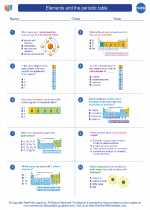
 Worksheet/Answer key
Worksheet/Answer key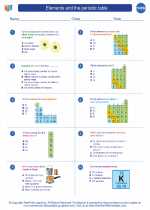
 Worksheet/Answer key
Worksheet/Answer key
 Vocabulary/Answer key
Vocabulary/Answer key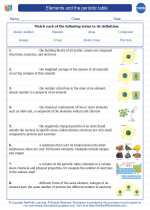
 Vocabulary/Answer key
Vocabulary/Answer key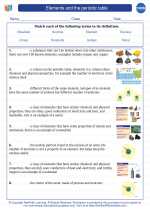
 Vocabulary/Answer key
Vocabulary/Answer key